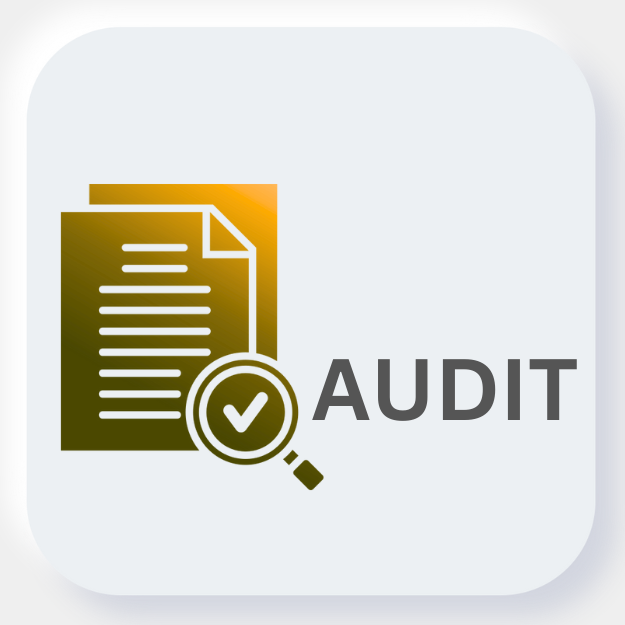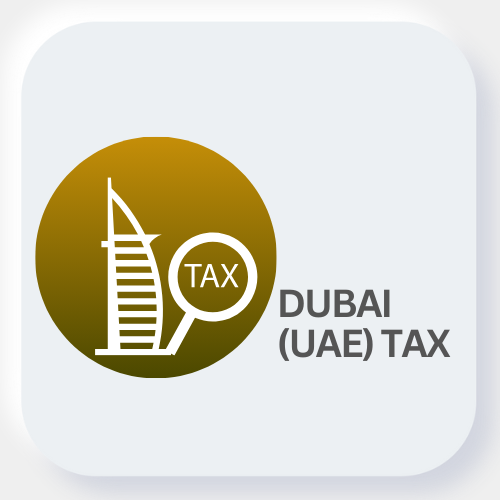
.png)












.png)










When Vijay Mallya finally broke his silence in a four-hour tell-all with Raj Shamani, the internet listened. Some watched with curiosity, some with anger, and others with empathy. The man once hailed as India’s “King of Good Times” had finally spoken after nearly a decade of being vilified as a wilful defaulter, a fugitive, and a symbol of everything wrong with crony capitalism.
But was everything we heard about him true?
This blog isn’t just about echoing one side. It’s about dissecting the facts—what the podcast revealed, what government data shows, and what lies in the grey space in between.
In his interview with Raj Shamani, Mallya came across less as a defiant tycoon and more as a man desperate to reclaim his side of the story. He opened with an emotional apology to the employees of Kingfisher Airlines. No dramatics—just a straightforward acknowledgment that things didn’t go as planned.
He called the podcast his chance to “set the record straight.” And set it he did—with facts, figures, and plenty of frustration.
Let’s break down the core financial allegations and responses:
“I’m No Chor.” Then Who’s Telling the Truth?
Mallya addressed the elephant in the room: “I may be a fugitive, but I’m no thief.” He insists he never
ran away with anyone’s money. In fact, he claims banks not only recovered the entire amount owed—but
more. If that’s the case, he argues, how does the “chor” tag still stick?
On the other side, the enforcement agencies remain firm: funds were misused, loans were granted on
inflated brand valuations (like Kingfisher’s brand being shown as ₹4,000+ crore in collateral), and
there was a deliberate effort to escape justice.
The truth? Probably somewhere in the middle.
Kingfisher: A Dream That Crashed
Let’s rewind to how this all began. Kingfisher Airlines wasn’t a reckless venture. Launched in 2005, it
was meant to be a premium flying experience, backed by a man who already had a successful empire in
liquor.
But the timing was terrible. By 2008, the global economy had crashed, fuel prices soared, and the rupee
weakened. Add to that—government regulations, taxes, and a mountain of debt. According to Mallya, even
when things were clearly going downhill, he was encouraged by the government and banks to keep the
airline afloat.
What followed was a slow collapse, leaving behind unpaid salaries, angry banks, and headlines that read
like a financial crime thriller.
Also Read: Top Careers in Finance
Here’s where things get murky:
Supporters say Mallya was simply a high-profile businessman who got caught in a web of poor policy,
market volatility, and political optics.
Critics say he manipulated the system, used Kingfisher as a front, and funded his lavish lifestyle on
borrowed money.
So, is he a crook or a casualty?
Well, according to official records, banks have recovered more than what was originally owed. The
Enforcement Directorate says ₹18,000+ crore worth of assets were attached, and close to ₹9,000 crore was
already realized—meaning the public banks haven’t exactly lost out, financially speaking.
But does that erase the pain of thousands of employees who lost their jobs? Or the misuse of public
funds, even if repaid later? Not really.
A Harsh Take on Doing Business in India
One of the podcast’s most powerful moments was when Mallya said, “Ease of doing business in India is a
myth.” According to him, it took pleasing 29 different Chief Ministers to keep his empire running. He
claimed the system is so tangled in red tape that it punishes ambition more than it encourages it.
Whether you agree with him or not, it’s a scathing review of the business environment from someone who
was once celebrated by that very ecosystem.
Will He Ever Return?
Mallya says he wants to come back to India—but only under three conditions:
Checkout Our Course: All MasterClasses Mega Package